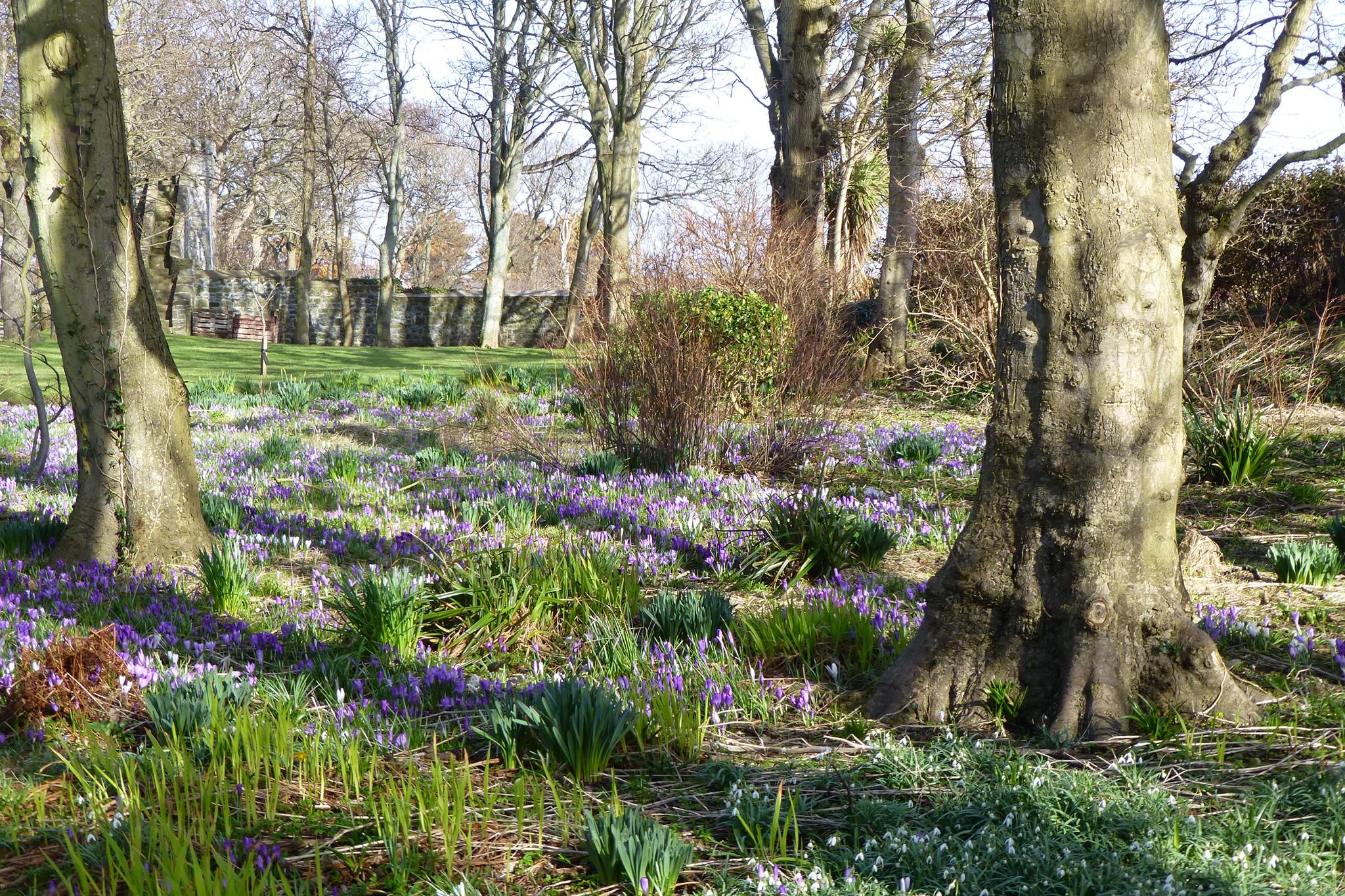If you find yourself talking to someone you don’t know at a Christmas soiree, a common ice breaker you often hear is the innocent question ‘So, what do you do?’. My answer (an Arboricultural Consultant) often comes with a standard response and follow-up question: A what?! What’s that then?
So, what is arboriculture?
Dictionary.com defines arboriculture as the cultivation of trees and shrubs. That’s nice and simple, but maybe a bit too simple.
Wiktionary.org defines it as the branch of horticulture concerned with the planting, growth and maintenance of trees. I wonder if the pun was intended. I would disagree that arboriculture is a subdivision of horticulture. This definition tells you a bit more about what might be involved, but nothing about the purpose of the endeavour.
The Collins Dictionary (collinsdictionary.com) defines arboriculture as the cultivation of trees or shrubs, esp for the production of timber. I would say that timber (wood) is more commonly a by-product than the purpose itself.
Merriam-webster.com goes with the cultivation of trees and shrubs especially for ornamental purposes. We’re getting closer, but what about managing trees for other purposes which don’t relate to aesthetical benefits, such wildlife conservation, heritage preservation and ecosystem services?
Modern arboriculture is obviously more difficult to define than I had first realised.


The main professional body for arboriculture in the British Isles, the Arboricultural Association, has recently defined the term as
The science and practice of the cultivation, establishment and management of amenity trees for the benefit of society.
‘Amenity trees’, in this context, means the trees that deliver environmental, social, and economic benefits for society. This inevitably means that arboriculturists are concerned with trees that are near people.
There are many different roles and careers which require knowledge in the field of arboriculture, including nursery workers, grounds maintenance staff, tree surgeons, (local government) tree officers, consultants, researchers, trainers, and policymakers.
There are close connections and links between arboriculture and other tree-related and environmental professions and disciplines, such as woodland management, forestry, horticulture and wildlife conservation. However, despite some overlaps, arboriculture is a profession in its own right, distinct in many ways from these other sectors.
Perhaps its easier to tell people that I’m a professional tree geek.





You must be logged in to post a comment.